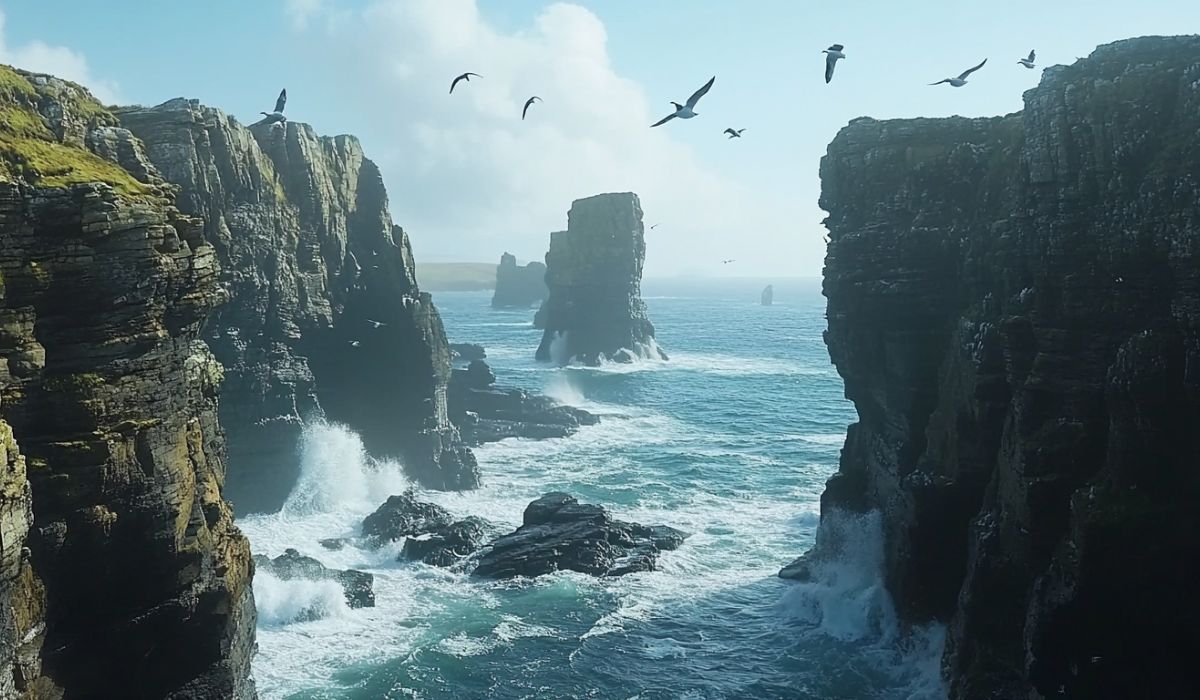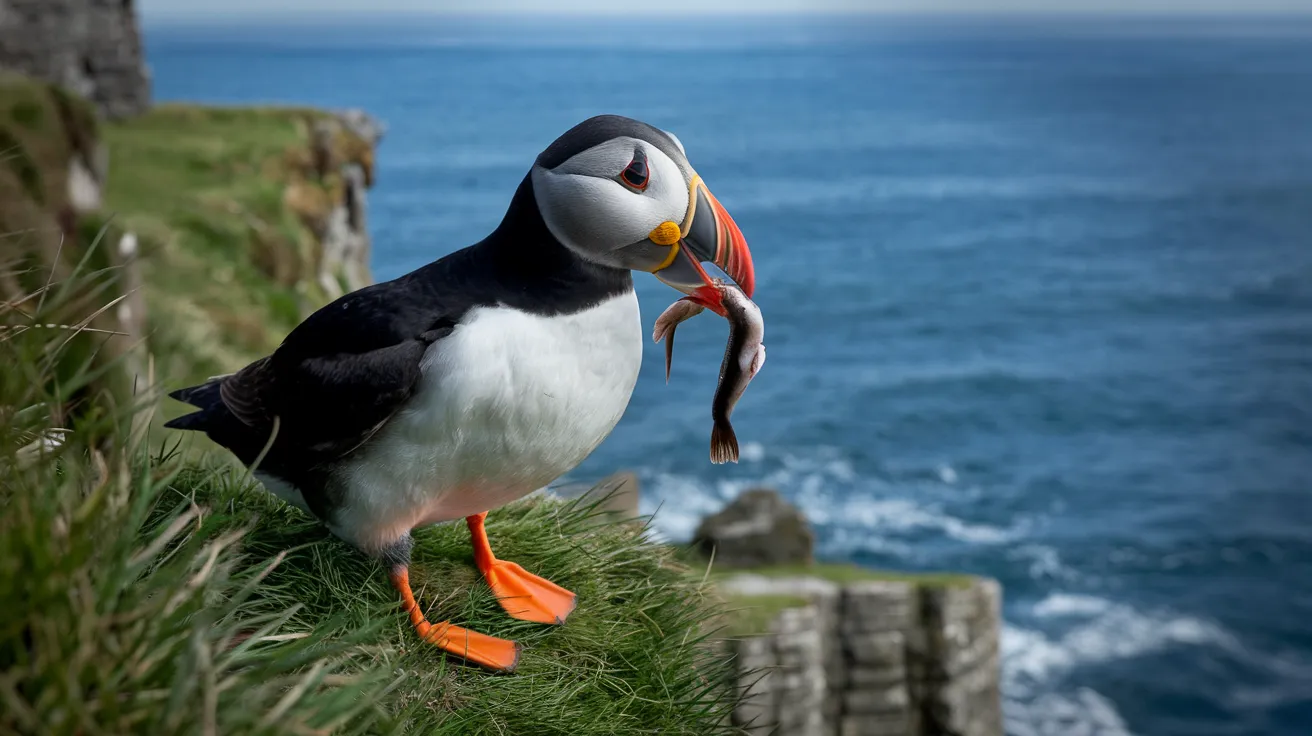
Natural Orkney: Wildlife, Landscapes & Coastal Wonders
Discover accommodations and travel tips for Natural Orkney
Beyond its ancient stones, Orkney pulsates with wild beauty. Dramatic coastlines carved by the Atlantic, windswept moorlands teeming with unique life, and skies alive with seabirds define the archipelago's natural character. This guide invites you to explore Orkney's stunning landscapes and discover its remarkable wildlife. From spotting puffins on towering cliffs to searching for the endemic Orkney vole, nature enthusiasts will find endless wonders. Learn where to find the best views, encounter fascinating creatures, and understand the forces that shape these incredible islands. Consider combining your nature exploration with some Outdoor Activities like coastal walking.
Latest Articles in Natural Orkney
Orkney's Birdwatching Paradise: Seasonal Guide to Bird Species and Hotspots
April 4, 2025
Discover Orkney's birdwatching secrets! This guide covers key species like Puffins & Hen Harriers, top RSPB reserves, seasonal highlights, and tips.
Frequently Asked Questions
What unique wildlife can I see in Orkney?
Orkney is a haven for wildlife rare or absent elsewhere in the UK. Look out for the Orkney vole, a unique subspecies found only here, which is vital prey for birds like hen harriers and short-eared owls. The cliffs host internationally important seabird colonies including puffins, guillemots, kittiwakes, and fulmars. In the surrounding waters, you might spot grey and common seals, harbour porpoises, and occasionally orcas or Risso's dolphins. Don't forget the rich birdlife on the moorlands and wetlands!
Where are the best places for birdwatching?
Orkney is a paradise for birdwatchers! Key RSPB reserves include Marwick Head (seabird city in summer), The Loons and Loch of Banks (for wading birds and wildfowl), and Cottascarth and Rendall Moss (excellent for hen harriers). The cliffs at Yesnaby and Mull Head also offer fantastic seabird viewing. For waders and migrating birds, the various lochs and shorelines across the islands are prime spots. Check our Seasonal Experiences guide for the best times to see specific species like puffins.
Why are there so few trees in Orkney?
Orkney's largely treeless landscape is a result of factors stretching back thousands of years. Ancient inhabitants likely cleared forests for farming and fuel. Crucially, the persistent strong winds sweeping across the islands make it very difficult for trees to establish and grow tall, favouring instead hardy grasses, heather, and low-lying shrubs. While small pockets of woodland exist, like at Berriedale on Hoy, the open vistas are characteristic of Orkney. Find suitable accommodation to base your exploration of these unique landscapes.
What are Orkney's most famous natural landmarks?
The coastline boasts many dramatic features carved from Old Red Sandstone. The most iconic is undoubtedly the Old Man of Hoy, a towering 137-metre sea stack. The cliffs at Yesnaby, with features like Yesnaby Castle sea stack, offer breathtaking views and geological interest. Other notable landmarks include the Brough of Birsay, a tidal island with Pictish and Norse remains, and the vast natural harbour of Scapa Flow, significant both geologically and historically. Exploring these often involves scenic walks detailed in our Outdoor Activities section.

